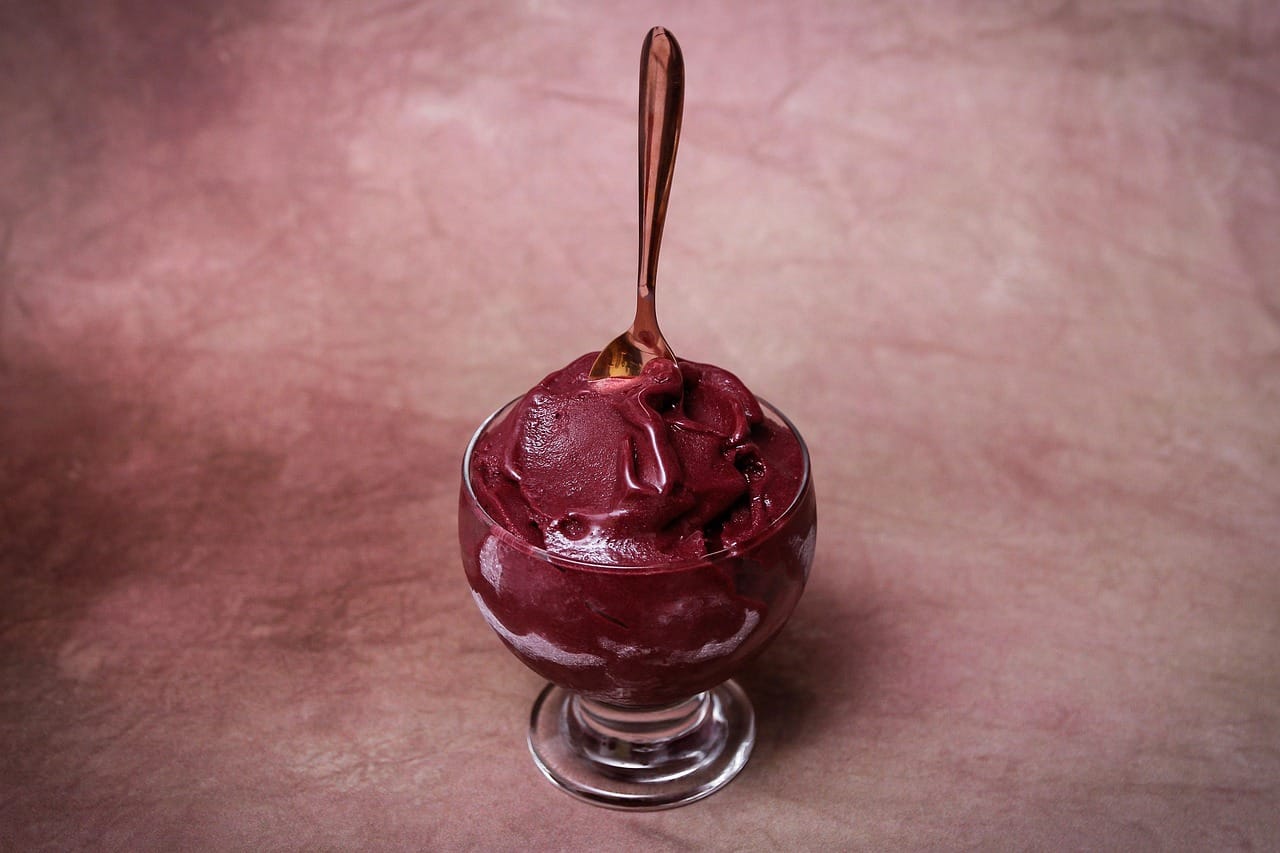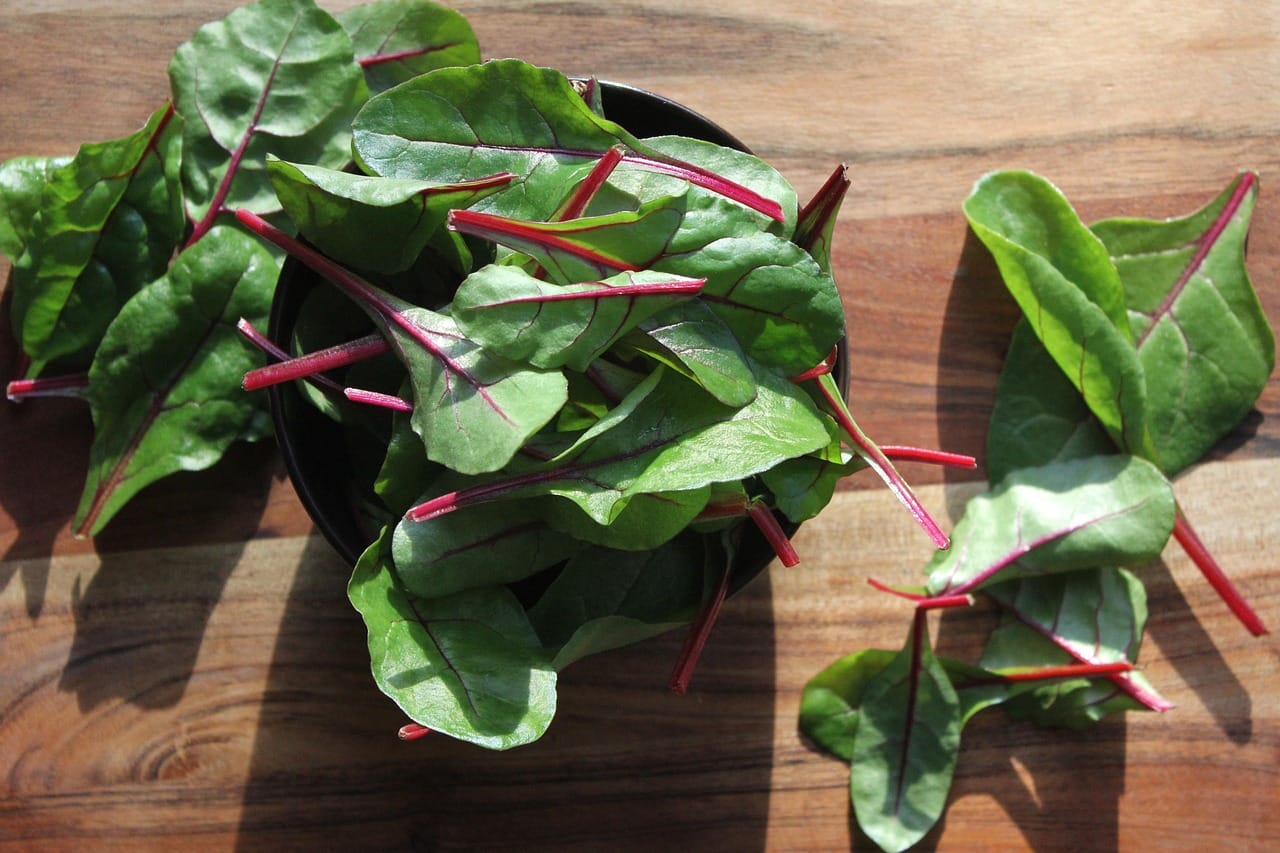The soft crumb of a perfectly baked cookie, paired with the sweet, sugary canvas of colorful frosting – who can resist the simple joy of a frosted cookie? Whether you’re decorating sugar cookies for a holiday celebration, whipping up batches of chocolate cookies with decadent buttercream, or simply looking for a sweet treat to brighten your day, frosted cookies are a timeless classic. This guide will delve into the art and science of frosted cookies, covering everything from baking tips to frosting techniques, ensuring your next batch is a masterpiece.
Choosing the Right Cookie Base
Sugar Cookies: The Classic Choice
- Sugar cookies are arguably the most popular choice for frosting. Their neutral flavor profile allows the frosting to truly shine.
- Key characteristics:
Hold their shape well during baking.
Have a relatively smooth surface, perfect for detailed decorating.
Tend to be slightly crisp or chewy, depending on the recipe.
- Recipe Tip: Chilling the dough for at least 30 minutes (or even overnight) before rolling and cutting helps prevent spreading during baking. This results in sharper edges and a more consistent cookie.
Chocolate Cookies: A Rich Indulgence
- Chocolate cookies offer a richer flavor profile that complements many types of frosting.
- Types of chocolate cookies:
Classic chocolate cookies with cocoa powder.
Double chocolate cookies with chocolate chips or chunks.
Brownie-like cookies with a fudgy texture.
- Frosting Pairing: Chocolate cookies pair exceptionally well with vanilla buttercream, chocolate ganache, or even a simple cream cheese frosting. The contrast between the rich chocolate and the sweet frosting is a delight.
Other Cookie Options: Expanding Your Horizons
- Don’t limit yourself to sugar or chocolate! Consider other cookie bases:
Peanut butter cookies: Pair with chocolate frosting or a peanut butter-based buttercream.
Oatmeal cookies: Delicious with a brown sugar frosting or a maple glaze.
Gingerbread cookies: Perfect with a lemon glaze or a spiced buttercream for the holidays.
- Experimentation is key: Play with different flavor combinations to discover your favorites.
Mastering the Art of Frosting
Buttercream: The King of Frostings
- Buttercream is a versatile and popular frosting choice, known for its smooth texture and rich flavor.
- Types of Buttercream:
American Buttercream: The simplest and quickest to make, using butter, powdered sugar, milk, and vanilla extract. It’s very sweet and stable.
Swiss Meringue Buttercream: Made by cooking egg whites and sugar over a double boiler and then whipping them into a meringue before adding butter. It’s less sweet and has a silky smooth texture.
Italian Meringue Buttercream: Similar to Swiss meringue, but uses a hot sugar syrup to cook the egg whites. Known for its stability and rich flavor.
French Buttercream: The richest and most decadent, made with egg yolks and hot sugar syrup.
- Tips for Perfect Buttercream:
Use room-temperature butter for the creamiest texture.
Sift your powdered sugar to avoid lumps.
Don’t overmix; overmixing can incorporate too much air and make the frosting unstable.
Royal Icing: For Intricate Designs
- Royal icing is a hard-drying icing made from powdered sugar, egg whites (or meringue powder), and water. It’s ideal for creating detailed decorations.
- Consistency is Crucial: Adjust the water to achieve different consistencies:
Outlining consistency: Thick enough to hold its shape when piped.
Flooding consistency: Thin enough to spread smoothly over the cookie surface.
- Tips for Royal Icing Success:
Use meringue powder for a more stable and consistent icing.
Cover the icing with a damp cloth or plastic wrap to prevent it from drying out.
* Practice piping techniques on parchment paper before decorating your cookies.
Glazes: Simple Elegance
- Glazes are a simple and quick way to add a touch of sweetness and shine to your cookies.
- Basic Glaze Recipe: Combine powdered sugar with milk, water, or juice until you reach a smooth, pourable consistency.
- Flavor Variations: Add a splash of vanilla extract, lemon juice, or almond extract for added flavor.
- Application: Dip the cookies into the glaze or drizzle it over the top.
Decorating Techniques: Unleashing Your Creativity
Piping Techniques: Creating Detailed Designs
- Basic Piping Skills: Learn to pipe simple shapes like dots, lines, and swirls.
- Using Piping Bags and Tips: Experiment with different piping tips to create various effects.
- Pressure Control: Mastering pressure control is key to creating consistent lines and shapes.
- Practice makes perfect: Don’t be afraid to practice on parchment paper before decorating your cookies.
Flooding with Royal Icing: Creating a Smooth Canvas
- Outlining: First, pipe an outline around the edge of the cookie using a thicker royal icing.
- Flooding: Then, flood the inside of the outline with a thinner royal icing.
- “Cracking” prevention: Gently tap the cookie to release any air bubbles and ensure a smooth surface.
- Drying time: Allow the icing to dry completely (usually several hours or overnight) before adding any further decorations.
Sprinkles and Edible Decorations: Adding a Finishing Touch
- Sprinkles: A classic and easy way to add color and texture.
- Edible Glitter: Adds a touch of sparkle and glamour.
- Edible Pearls: Create an elegant and sophisticated look.
- Pre-made Decorations: Use pre-made sugar flowers, edible images, or fondant shapes for a quick and easy decorating solution.
Storage and Preservation Tips
Proper Storage Techniques
- Completely cooled: Ensure cookies are completely cooled before frosting.
- Airtight containers: Store frosted cookies in airtight containers to prevent them from drying out or becoming stale.
- Layering: Layer cookies with parchment paper or wax paper to prevent sticking.
Freezing Frosted Cookies
- Freezing unfrosted cookies: Can be frozen for up to 3 months. Thaw completely before frosting.
- Freezing frosted cookies: Best frozen after the frosting has completely hardened. Place them in a single layer on a baking sheet and freeze until solid. Then, transfer them to an airtight container for longer storage.
Shelf Life
- Frosted cookies typically last for 3-5 days at room temperature, depending on the type of cookie and frosting.
- Stored properly in the freezer, they can last for several months.
Conclusion
Frosted cookies are more than just a dessert; they’re a canvas for creativity, a symbol of celebration, and a source of pure joy. By understanding the fundamentals of cookie baking, mastering frosting techniques, and embracing your own artistic flair, you can create frosted cookie masterpieces that will delight everyone. So, gather your ingredients, unleash your inner baker, and start creating memories, one frosted cookie at a time!




